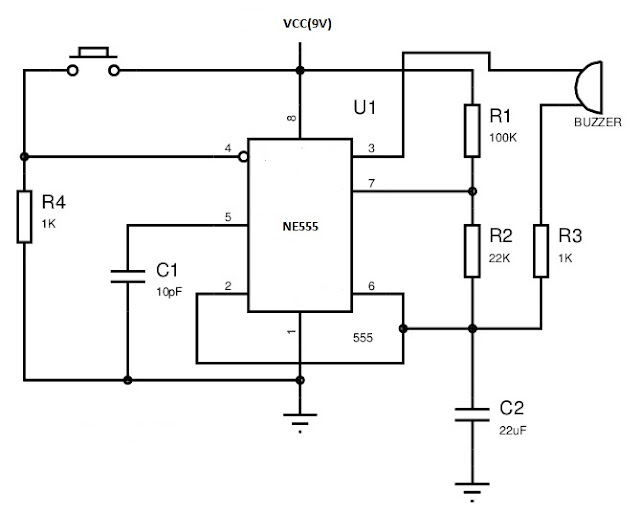FM Transmission is a common method in wireless communication which sends the low frequency audio message in FM range (88 to 108 MHz). The transmitted message can be easily demodulated or decoded by the help of an FM radio receiver.
The main components required are
The main components required are
- 0.1uH Inductor
Can be easily made by 6-7 turns of 26 SWG (0.45mm) winding wire
- BC547 Transistor
- 0-100pF Trimmer Capacitor
- Ceramic Disk Capacitors (22pF,0.001uF)
- Resistors
- Audio input or Condenser Microphone
- Breadboard or PCB
CIRCUIT DIAGRAM
Modulation is the process of superimposing a low energy low frequency signal into a high energy and high frequency carrier signal with changing of any of its properties like frequency, Amplitude or Phase. In the case of FM the frequency of the carrier is varied with the amplitude of message signal .
In the above circuit, the Inductor and trimmer capacitor constitutes a tank circuit which generates the carrier frequency. By adjusting the trimmer the frequency of oscillation can be varied.The transmitted signal from the FM transmitter is received and tuned by the FM receiver.














































